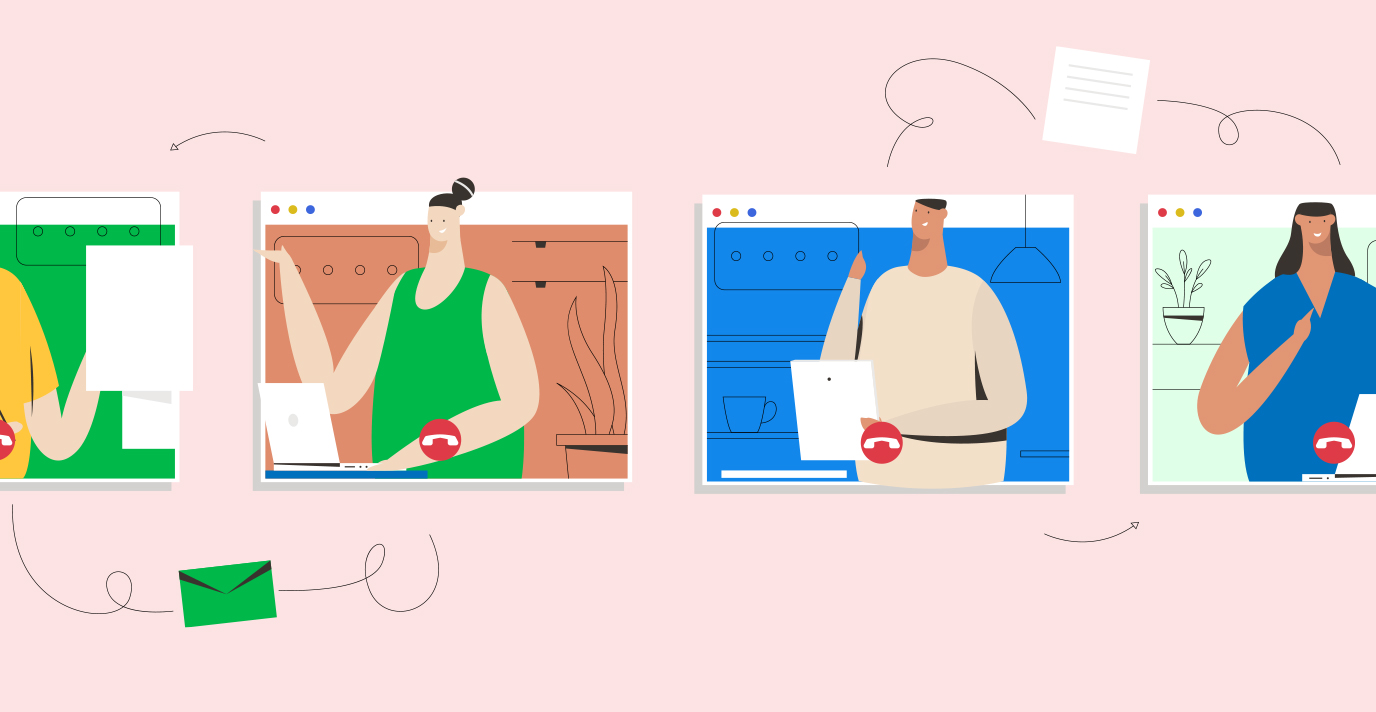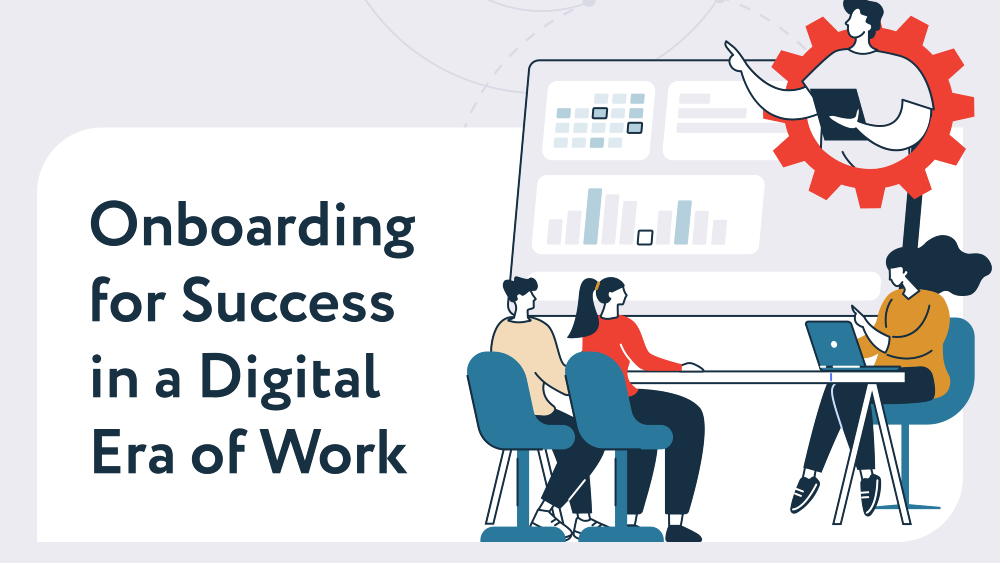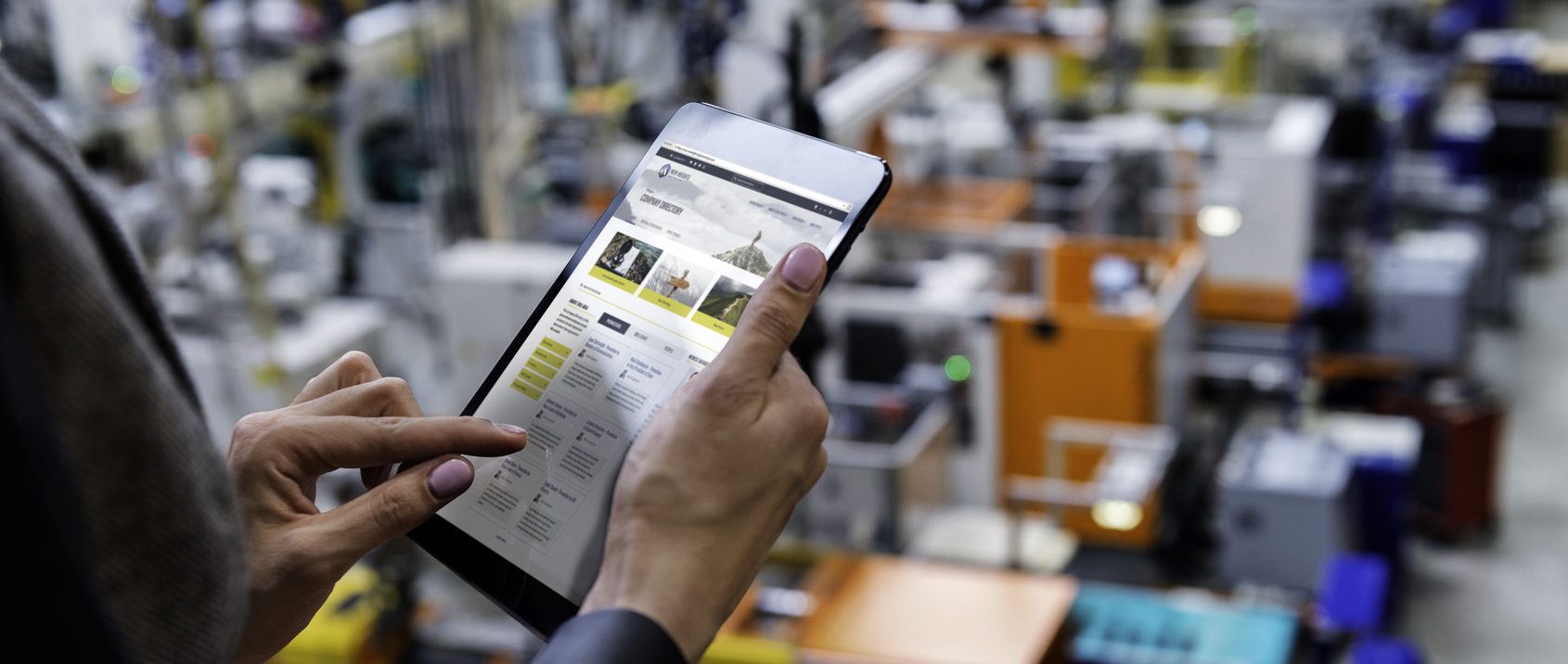
For many, the workplace has changed drastically over the last 18 months. Entire offices closed, employees adjusted to new work-from-home settings, and basic business processes like meetings and travel had to be completely re-thought.
The concepts of remote and deskless work, however, were not new. In fact, employees in some companies have been telecommuting for decades, and industries like healthcare, retail, and manufacturing have always had the unique challenge of engaging employees who aren’t stationed in an office or in front of a computer.
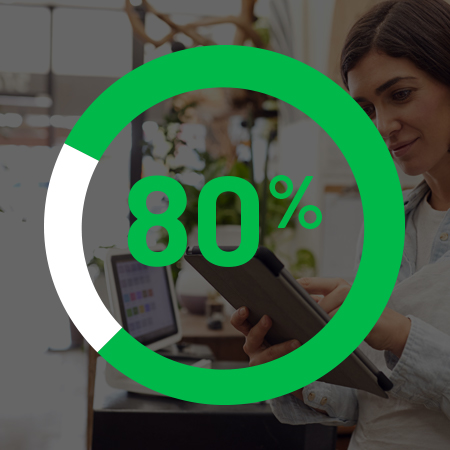
Deskless workers are employees who don’t have designated working space. Today, these workers make up 80% of the overall global workforce.
In both of these situations, organizations had to be equipped with digital tools and/or alternative communication methods to ensure mobile workers — which we’ll define in a moment — had quick and easy access to the information they needed to do their jobs.
The challenge for these organizations, however, was that many technology providers focused their efforts on building tools for office or deskbound employees, leaving mobile workers to use clunky solutions or manual processes to do their work.
Throughout the pandemic, these situations were no longer unique to a particular company or industry. No matter what products or services you were providing, the people who delivered them were all mobile workers in a way.
This prompted organizations to shore up their tech stacks to ensure they were enabling employees to fulfill their responsibilities — from wherever they worked — to maintain business continuity while furthering their business goals. All while the world learned how to live life during a pandemic

70% of deskless workers want more technology. The areas where they’d see the most benefit include communications, operations and logistics, onboarding, and training.
What is a mobile worker?
For the purpose of this article, we’ve categorized remote and deskless workers as ‘mobile workers.’
IDC defines mobile workers as workers “who are enabled with mobile devices (smartphones, tablets, etc.) by their company to complete their assigned tasks and workflows.”
From there, IDC segments mobile workers into two categories:
Information Mobile Worker
A knowledge or office worker who typically works from a single location, has dedicated computing resources, and tends to create, transform, and distribute data and/or content using productivity and enterprise applications.
Examples include programmers, business analysts, marketing specialist, researchers, sales , billing clerks, lawyers, accountants. This category of mobile worker includes those who may also be physically mobile during their workday, including mobile professionals, occasionally mobile workers, and mobile non-travelers.
Frontline Mobile Worker
A worker who performs client-facing or operational activities onsite or in the field that require distributed, mobile access to data, content, applications, and workflows.
Examples include store associate, nurse, lab technician, construction worker, field service worker, and hospitality worker. The two primary types of mobile frontline workers are mobile field workers and mobile on-location workers.
How to enable mobile workers with mobile tech
Two groups that used to be treated differently in terms of tech have now merged into one, allowing organizations to focus their efforts and up their game across the board.
In fact, according to Gartner, the use of collaboration tools, file sharing/storage tools and real-time mobile messaging tools has risen significantly since before the pandemic (44%, 16% and 7% respectively).
This shows us that organizations are recognizing the imperative to enable their mobile workers… and fast. Part of that is seeking out mobile-friendly tools that are available on any smart device, can deliver real-time updates and provide an easy way to connect and collaborate with colleagues.
Even tools that employees almost always access from a desktop computer — like the company intranet — are being optimized to deliver advanced mobile experiences. It’s the way of the future. So, why not start now?
These shifts don’t need to add to IT’s substantial workload, either. Gartner found that IT teams are increasingly authorizing tools for employees and business units to obtain themselves (up 10% from 2019-2021). With pre-determined criteria in hand (related to security, compliance, integration, and interoperability), non-IT leaders are enabled to select service providers that fit the organization’s policy and strategy.
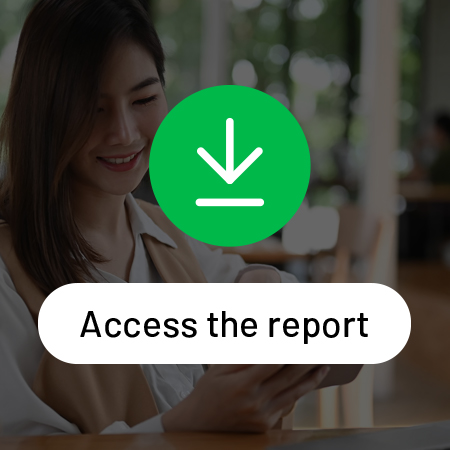
The use of collaboration, file sharing and messaging tools has risen significantly. Learn more in the recent Gartner® report: Technology to Support Collaboration for a Hybrid.
Your workers are on the move — your digital workplace should be, too
Mobile workers need instant access to the information that matters most. Upgrading your digital tools to accommodate new working styles is no longer an option – it’s imperative to maintain high productivity levels and stay ahead of your competition.
Igloo provides digital workplace solutions that can be accessed via any browser, on any device.
With Igloo, you can:
Deliver personalized content and tailored notifications to enable work on the go by…
- Making sure your sales team has the latest product information
- Giving field staff a quick way to follow their top channels
- Empowering floor managers to stay connected while they walk
Increase engagement and reduce turnover by giving your front-line and deskless workers a direct line into HQ so they can virtually connect and collaborate by…
- Sharing new policies with manufacturing staff
- Providing training materials to retail employees
- Sending up-to-the-minute updates to healthcare workers
And to really help employees feel engaged and connected to your culture, you can take it one step further, with the Igloo Mobile Branded Edition. It has all the functionality you’d expect from a mobile intranet app, but adds customized branding options so you can make it look and feel all your own.
Want more on this topic? Read the Gartner® report: Technology to Support Collaboration for a Hybrid.



